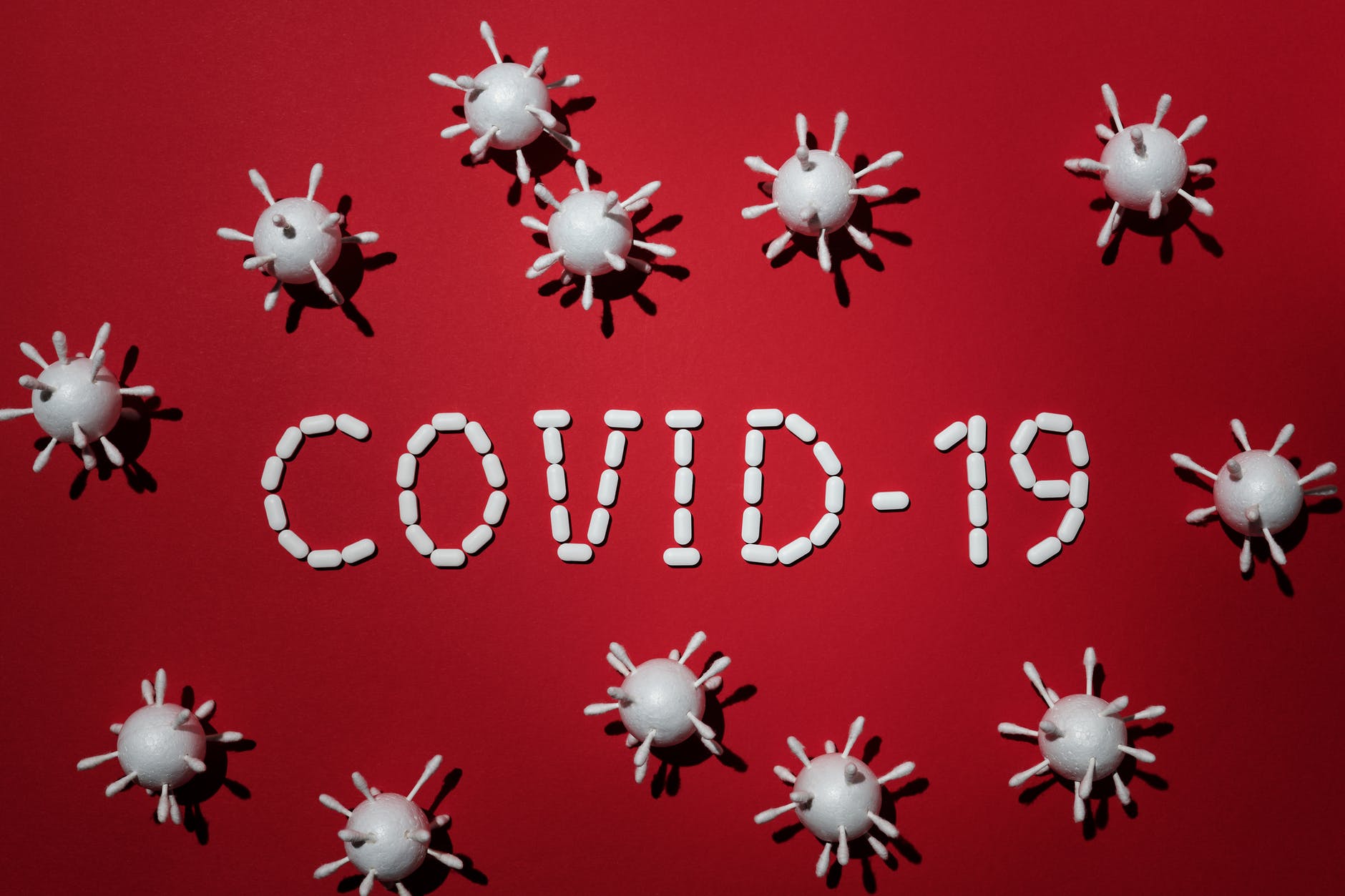That of the government is an anti Covid “non-strategy”. Gimbe foundation report

"The" non-strategy "of chasing the numbers of the day with a trickle of Dpcm that impose the continuous need to reorganize on various fronts, will inevitably push the country towards that new lockdown that nobody wants and that we cannot afford". The analysis by Nino Cartabellotta, president of the Gimbe Foundation
Faced with a contagion curve that rises more and more every day and hospitals fill inexorably, as in a déjà-vu within a few days, the Government introduces further restrictive measures in an attempt to curb the epidemic.
"The need to issue two Dpcm in a week – says Nino Cartabellotta, president of the Gimbe foundation – confirms that the containment of the second wave is entrusted to the evaluation of the numbers of the day with the progressive introduction of too weak measures to bend a contagion curve into dizzying rise ".
This is the comment of Nino Cartabellotta, president of the Gimbe foundation, after the enactment of the eleventh Dpcm signed by the Prime Minister, Giuseppe Conte.
According to the Gimbe foundation, there are three components of “non-strategy”, as defined by the foundation specialized in the analysis and in-depth analysis of data on the pandemic.
The "non-strategy" of chasing the numbers of the day with a dripping of DPCM which, week after week, impose the continuous need to reorganize on various fronts, will inevitably push the country towards that new lockdown that no one wants and that we cannot afford, added the president of the Gimbe foundation.
Here is an extract from the note of the foundation chaired by Cartabellotta:
The first component of the "non-strategy" is to be guided by the numbers of the day to define the extent of the containment measures, without considering the current dynamics of the epidemic, very different from those of the first wave. This inexorably favors the rise of infections and nullifies the effects of the measures for various reasons:
- The numbers reported daily by the Civil Protection bulletin do not at all reflect the cases of the day because there is an average delay of 15 days from the infection to the notification, as:
- The average time between infection and onset of symptoms is 5 days (range 2-14 days).
- According to the Istituto Superiore di Sanità, the median time between the onset of symptoms and sampling / diagnosis is 3 days (week 7-13 October), but it could lengthen considering the laboratory analysis and reporting times. Moreover, for asymptomatic cases it is not known because the promptness in requesting the swab depends on the effectiveness of the testing & tracing activity.
- The communication of new cases from the Regions to the Civil Protection does not take place in real time: for example, in the week of October 5-11, less than a third of cases were notified within 2 days of diagnosis, 54% between 3 and 5 days and 14% after more than 6 days; however, this delay gradually increases due to the growing number of cases.
- The contagion curve has now taken on an exponential trend: in the week of 13-19 October the number of currently positive cases increased from 82,764 to 134,003 (+ 53.7%) and the positive / cases tested ratio in a week increased from 6 , 4% to 10.4%. Trends that affect both the number of patients hospitalized with symptoms, which increased in the last 7 days from 4,821 to 7,676 (+ 59.2%) and of those in intensive care from 452 to 797 (+ 76.3%) with signs of overload in different Regions, both on the progressive increase in lethality.
- The distress of the testing & tracing system increases the probability of underestimating cases, because the expansion of the pool of non-isolated asymptomatic patients further accelerates the spread of the infection.
- The effects of the restrictive measures, which cannot be evaluated before 2-3 weeks, will probably be neutralized by the growth trend of the epidemic curve.
The second component is the lack of alignment between the measures of the two Dpcm and the provisions of the circular of 12 October of the Ministry of Health . In the document " Prevention and response to COVID-19 " four scenarios of evolution of the epidemic are outlined in relation to different levels of risk accompanied by relative measures to be implemented in the various sectors. "Considering that several Regions – explains the President – are now in the high / very high risk phase, it is inexplicable that the recommended measures were not introduced by the new Dpcm, which followed the indications of the Technical Scientific Committee, nor implemented by the Regions, who participated in the drafting of the document ".
The third component of the “non-strategy” is the lack of a system approach based on responsibility and alliance between politics and citizens, as well as on the efficiency of health services. "Numbers aside – specifies Cartabellotta – the containment of the second wave inevitably had to rely, already at the end of the lockdown, on three integrated pillars: maximum adherence of the population to recommended behaviors, strengthening of local and hospital health services and collaboration in full harmony between the Government , Regions and Local Bodies ».
This is a machine translation from Italian language of a post published on Start Magazine at the URL https://www.startmag.it/sanita/quella-del-governo-e-una-non-strategia-anti-covid-report-fondazione-gimbe/ on Tue, 20 Oct 2020 09:00:08 +0000.
